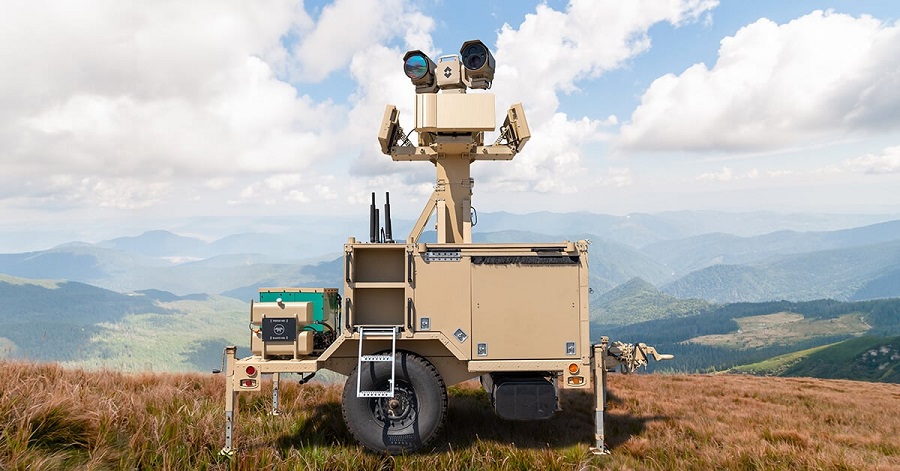Indeed, the ongoing war in Ukraine has highlighted the fragility of the European industrial model, calling for reforms to:
- Offer greater visibility to defence companies, so that they can ramp-up their production by investing in their production tools;
- Make supply chains more secure and resilient, by reducing external dependencies, relocating productions, removing bottlenecks and building up strategic stockpiles;
- Speed up procurement and reduce lead times, by simplifying the expression of need and streamlining standards and procedures.
However, all these statements do not seem to have led to in-depth changes, and the level of reform varies from one Member State to another. This raises a fundamental question: Is “war economy” just a buzzword or a reality that is being translated into concrete actions? Based on a comparative analysis of four European countries – France, Germany, Italy, and the UK – this paper aims to analyse the changes in defence industrial strategies since the beginning of the war in Ukraine, as well as their benefits, risks, and limits. Two years after the start of the war, it intends to take stock of the progress achieved so far and to identify possible divergences between public statements and the implementation of concrete measures in support of the defence industry. It also aims to assess how these changes in defence industrial strategies could fulfil the DTIB’s needs in terms of scaling, resilience, agility, and flexibility in procurement processes.
Read the full report here: “Wartime economy”: from buzzworld to reality?




























